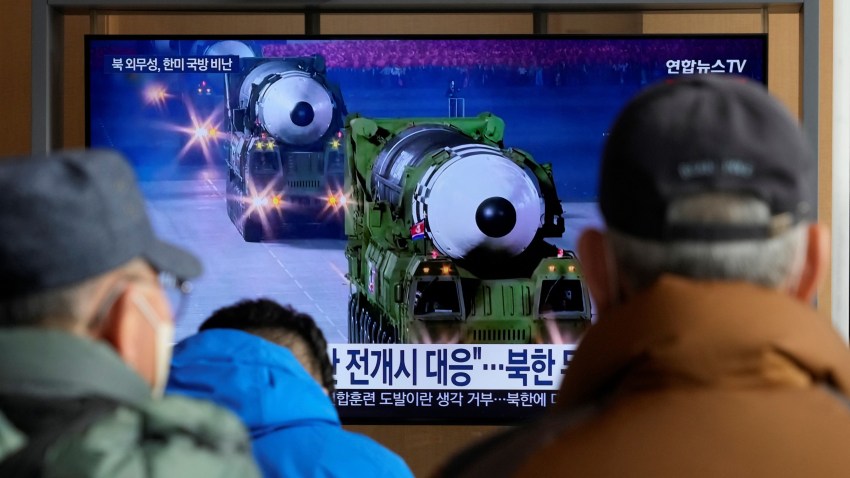The past several years have not been kind to nuclear arms control and nonproliferation efforts. Whether in East Asia, the Middle East or Europe, nuclear risks are steadily growing, while the fragile restraints that limited nuclear proliferation fall by the wayside. As geopolitical tensions between the great powers rise, these trends are likely to persist or even worsen in the next several years. Unfortunately, we are entering an era where major breakthroughs on arms control and nonproliferation are unlikely. Instead, the U.S. will face the unglamorous but still crucial task of trying to prevent a bad situation from getting worse.
In East Asia, North Korea’s nuclear and missile programs continue to advance full steam ahead. In 2022, North Korea conducted the most missile tests of any year in its history, including a number of intercontinental ballistic missile, or ICBM, tests, and those tests have continued into 2023. According to recent estimates, North Korea likely possesses 20 to 30 nuclear warheads, though it has enough fissile material to produce significantly more. Pyongyang is moving toward the development of tactical nuclear weapons and has indicated it would be willing to be the first to use nuclear weapons in the event of an attack. North Korea’s moratorium on ICBM tests, declared during the Trump administration, is clearly no longer operative, and there are indications that the moratorium on nuclear testing may be next to meet its demise.
Not coincidentally, South Korean President Yoon Suk Yeol recently declared that Seoul might have to consider acquiring nuclear weapons of its own, signaling a possible revival of its 1970s-era nuclear weapons program, which was shuttered in the face of U.S. pressure. While these comments were subsequently walked back, they reflect strong and growing public support for nuclear weapons in South Korea.

